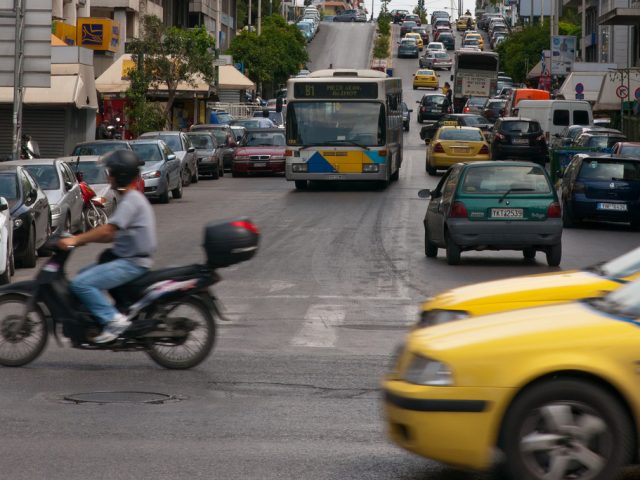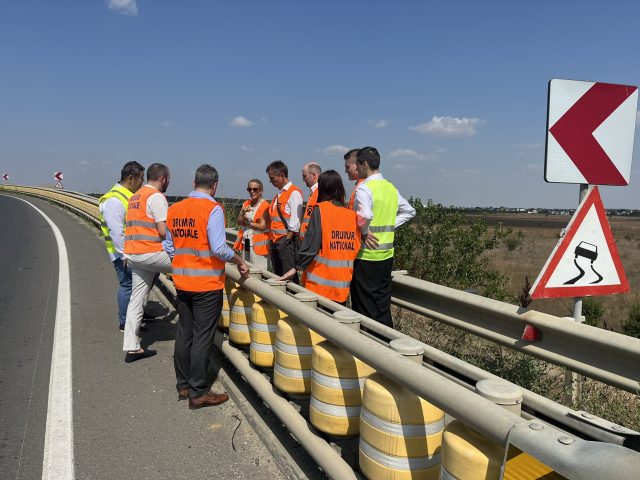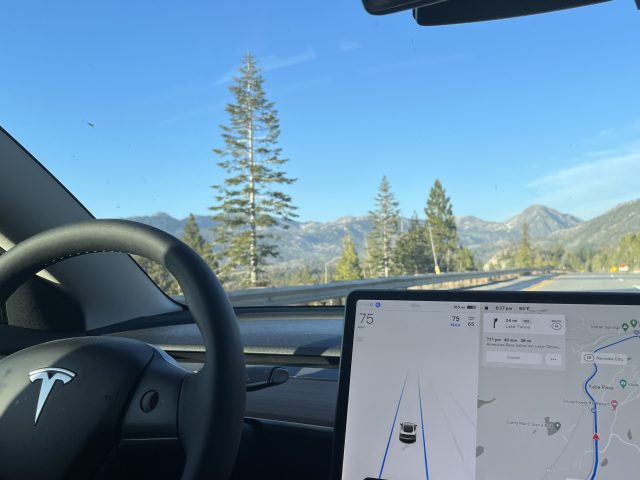Road Safety at Work Zones
[stylebox type=”info”]PRAISE Thematic Report 6[/stylebox]
The focus of this thematic report is improving safety for both employees and road users in relation to work zone areas on and adjacent to roads. The road work zone (RWZ) is defined as the part of a road facility influenced by works occurring on or near it. The report sets the context by outlining the nature and scope of the problem of road safety at road related work zones including identification of the most significant risk factors and causes of collisions and incidents.
The Report then takes a specific look at the various stages involved in working on or near roads namely planning, operation, installation and removal of the works. At each stage key issues in terms of safety are identified and discussed. Subsequently good practice solutions or approaches in terms of RWZ safety have been identified and recommendations for the EU, National governments and Employers in terms of contributing to improved worker safety are suggested. This topic is pertinent across all Member States where increasing road traffic puts added pressure on road infrastructure potentially increasing the incidence of maintenance works required and, specifically for new Member States, where new and replacement roads are being planned. There are a range of employees whose place of work is the road way or road side and who are exposed to significant risk as a direct result of this.
This group includes not only those engaged in road construction and/or renewal but also those working in road maintenance, utilities management (electricity, communications, water, and gas), service maintenance (drains, tree and verge cutting) and traffic management. In the broader context the report offers principles that should apply to all people working on or near the road and also needs to consider third parties, not only those in their vehicles (cars, trucks, buses and motorcycles) but also cyclists and pedestrians, as the most vulnerable road users, and persons living in the surroundings of the road.
This report focuses on the specific risks at RWZs that are the result of the competition between workers and normal road users for the limited space available. However, the issue of safety is interrelated with broader health impacts and risks. The nature of the majority of road related works activities and the characteristics of their location pose increased risks to
workers for example in terms of the negative impact of prolonged exposure to weather (e.g. sun or cold exposure), traffic noise and fumes or the physical strain of repeatedly operating machinery or dealing with heavy loads. Road workers can also be exposed to increased stress as a result of negative reactions from other road users. Such exposure can impact on the level of safety afforded to road workers at any given time and approaches to ensuring the health and safety of road workers should be considered in an integrated manner.
There is debate and uncertainty surrounding the scale of the problem which is difficult to gauge due to lack of specific data collection in relation to RWZ related collisions. However there is a general consensus and recognition of the higher risk exposure associated with road side working as opposed to other occupations. In this context there is also acceptance of the fact that deaths and serious injury at or adjacent to RWZs are a major social issue and efforts are needed to reduce them as much as possible. The level of risk will depend on the type of works to be carried out, the duration and the location – classification of the road and volumes of traffic. It is important to recognise that there are crucial
differences between road types (rural, urban and motorway) that require varying approaches in terms of safety provision. Similarly, the type of road work will influence the safety measures and approach that best fits i.e. whether the works are mobile, short, medium or long term.
The type of the work zone in terms of function, area and duration can vary greatly as can the type of work being progressed and the environment in which the work zone is located. In turn, these variations impact on the type and nature of risk present and on the steps that can be taken to minimise this risk. Different work zone types also present different
driving conditions to other road users which have implications for safety and are a critical consideration when planning and operating the work zone.







